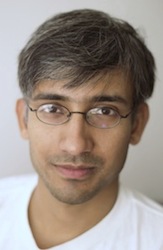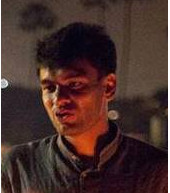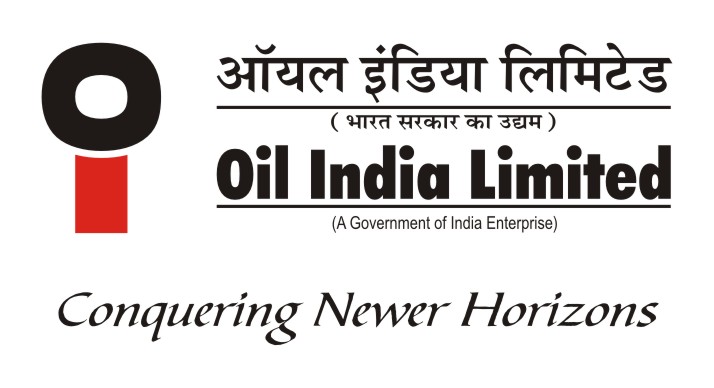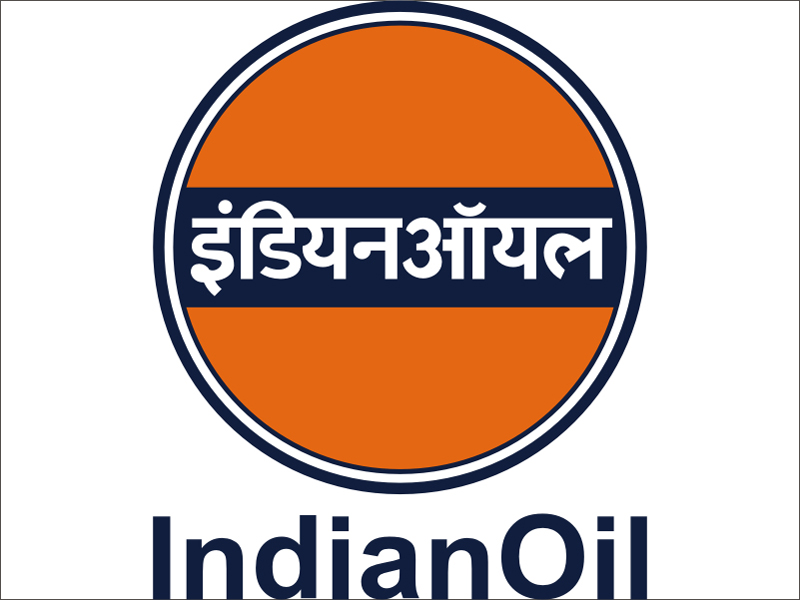Tutorials
Tutorial I
Speaker : Siddhartha Chaudhuri
Date : 18 December, 2016
THE SEMANTICS OF SHAPE: COMPUTATIONAL METHODS FOR HIGH-LEVEL 3D SHAPE ANALYSIS
 Bio: Siddhartha Chaudhuri is an Institute Chair Assistant Professor of
Computer Science and Engineering at IIT Bombay. His research focuses on
richer tools for designing three-dimensional objects, particularly by
novice and casual users, and on related problems in 3D shape understanding,
synthesis and reconstruction. He received his PhD from Stanford University,
followed by a postdoc at Princeton and a year teaching at Cornell. Apart
from academic work, he is also the original author of a commercial 3D
modeling package: Adobe Fuse.
Bio: Siddhartha Chaudhuri is an Institute Chair Assistant Professor of
Computer Science and Engineering at IIT Bombay. His research focuses on
richer tools for designing three-dimensional objects, particularly by
novice and casual users, and on related problems in 3D shape understanding,
synthesis and reconstruction. He received his PhD from Stanford University,
followed by a postdoc at Princeton and a year teaching at Cornell. Apart
from academic work, he is also the original author of a commercial 3D
modeling package: Adobe Fuse.
Abstract : A significant body of work in visual computing is driven by the allied needs of discriminating between objects, as studied in computer vision, and generating new objects, as addressed by computer-aided design. Both these applications benefit from understanding not just the low-level geometry of object shapes, but also their high-level cognitive and functional semantics. What makes a chair a chair? What makes an aeroplane aerodynamic? What distinguishes a cute animal from a scary one? In this tutorial, I will discuss recent advances in high-level computational shape analysis, beginning with an introduction to the broader area of digital geometry processing.
Tutorial II
Speaker : Pulkit Agrawal
Date : 18 December, 2016
LEARNING TO CONTROL FROM VISUAL INPUTS
 Bio: Pulkit is a PhD Student in the department of Computer Science at UC
Berkeley. His research focuses on computer vision and computational
neuroscience. He is advised by Dr. Jitendra Malik. Pulkit completed his
bachelors in Electrical Engineering from IIT Kanpur and was awarded the
Director's Gold Medal. He is a recipient of Fulbright Science and
Technology Award, Goldman Sachs Global Leadership Award, OPJEMS, Sridhar
Memorial Prize and IIT Kanpur's Academic Excellence Awards among others.
Pulkit served as the General Secretary of Science and Technology Council and
vice-captain of water-polo team at IIT-Kanpur. Pulkit holds a Sangeet
Prabhakar(equivalent to bachelors in Indian classical Music) and
occasionally performs in music concerts.
Bio: Pulkit is a PhD Student in the department of Computer Science at UC
Berkeley. His research focuses on computer vision and computational
neuroscience. He is advised by Dr. Jitendra Malik. Pulkit completed his
bachelors in Electrical Engineering from IIT Kanpur and was awarded the
Director's Gold Medal. He is a recipient of Fulbright Science and
Technology Award, Goldman Sachs Global Leadership Award, OPJEMS, Sridhar
Memorial Prize and IIT Kanpur's Academic Excellence Awards among others.
Pulkit served as the General Secretary of Science and Technology Council and
vice-captain of water-polo team at IIT-Kanpur. Pulkit holds a Sangeet
Prabhakar(equivalent to bachelors in Indian classical Music) and
occasionally performs in music concerts.
Abstract: The problem of action and perception are often considered and solved separately. Ample evidence in biology suggests that considering the sensorimotor system as a whole allows for simple solutions to seemingly complex sensorimotor tasks. Following the success of Deep Q learning methods in playing ATARI games directly from image pixels, there has been growing interest in developing systems that jointly optimize the perception and action problems to control and manipulate objects directly from visual inputs. In this tutorial I will cover the basics of vision based reinforcement learning and discuss recent advances in robotics made possible by these techniques. Time permitting, I will discuss research topics in the upcoming field of forecasting from visual inputs and intuitive physics.













